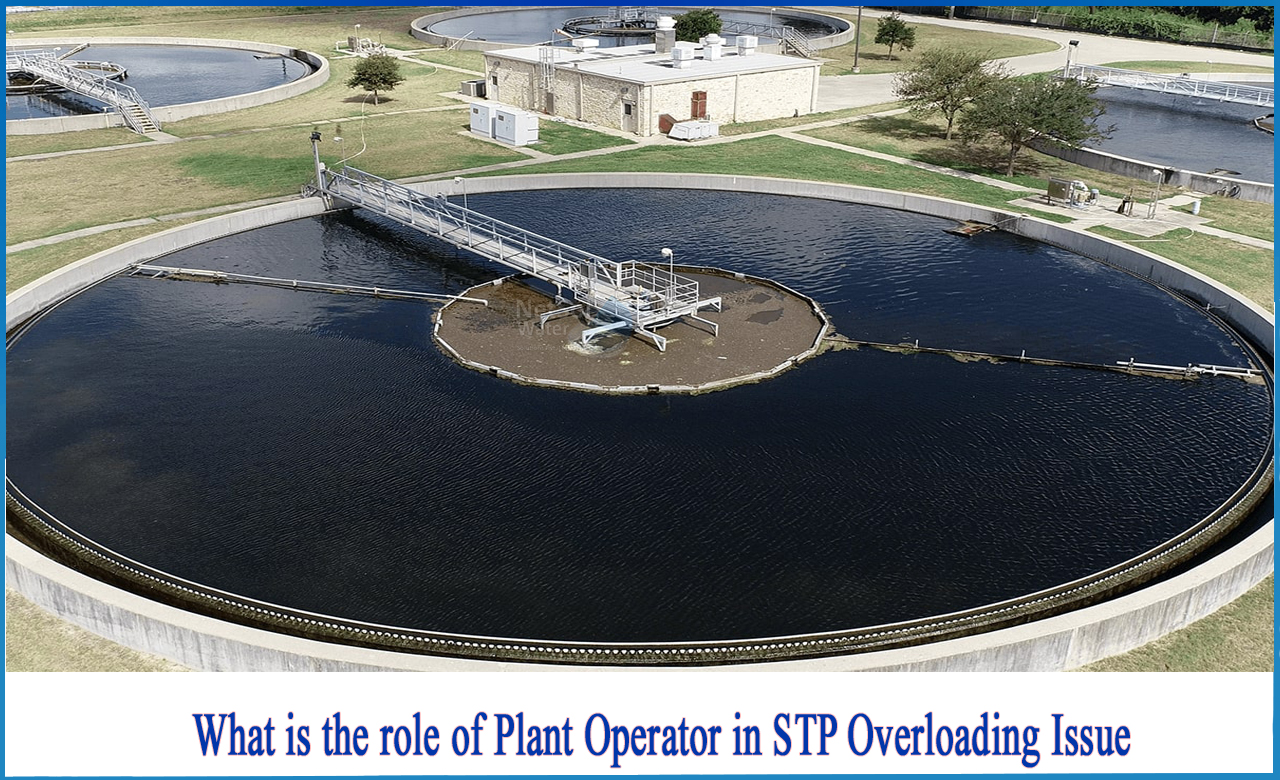What is the role of plant operator in STP overloading issue?
A plant operator may identify if their wastewater system is overloaded in a number of ways, including by using a control system. There are other non-measurable signals outside of a control system, such as an exceptionally strong stench or sludge that seems to be excessively old. The town may also alert you that you have exceeded your discharge limitations if the system is failing to operate within its constraints.
This might cost you a lot of money, which is why it's critical to have effective controls in place to evaluate and analyze your data regularly. Creating an internal checklist, in addition to an efficient control system, will assist standardize and simplify the process of collecting and reporting data surrounding critical water indicators.
Causes of STP overloading
These may include;
· Plant production changes
· New items or procedures being introduced in the system
· Technology and ageing equipment’s
The last give-away might be a Municipality Surcharge or worse, and the system collapses if the signs and symptoms of an overloaded wastewater treatment system are neglected or overlooked.
Consequences of the overloading of STPs
1: At a WWTP outlet, the characteristics are deteriorated;
2: There are reduced oxygen levels in the system or a higher-than-normal rise in blower power as a result of the requirement for extra air. Because more oxygen is utilized to eliminate higher organic pollutants, the blower must deliver more air to keep the system oxygen concentration safe (about 2 mg / l);
3: Processes may not perform effectively if the system lacks oxygen. It's also possible that a rise in fibre bacteria in the sludge is causing the sedimentation characteristics in the sedimentation tank to worsen.
What are the available solutions to avoid the problems related to overloading?
1. Use a buffer tank
If the inflow is only exceeded at particular times of the day and there are issues, the problem may be solved by including the buffer tank into the system.
2. Increasing the oxygen level
If there is an issue with low oxygen levels, a variety of options must be examined.
3. The number of microorganisms present
If the system is overloaded with a high concentration of organic matter, the quantity of sludge in the activation that removes the organic matter might be increased.In this instance, more caution should be taken to ensure that an increased number of microbes receive the oxygen they require to function properly.
It's excellent news that not every overload situation necessitates the building or development of a new STP.Looking at such scenarios, Netsol Water collaborates with a wide range of international organizations to tackle complicated STPproblems by strategically integrating modern treatment technology with practical solutions.
Think of us when it comes to sewage management for your organization, adapted to your specific needs. We provide a cost-effective method to reuse and recycle water while complying with environmental standards. You may reach us via phone at +919650608473 or by email at enquiry@netsolwater.com




